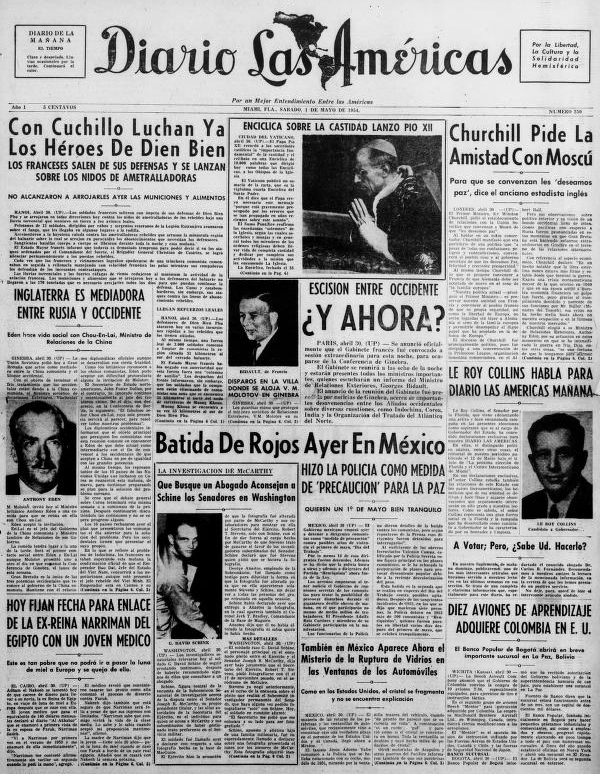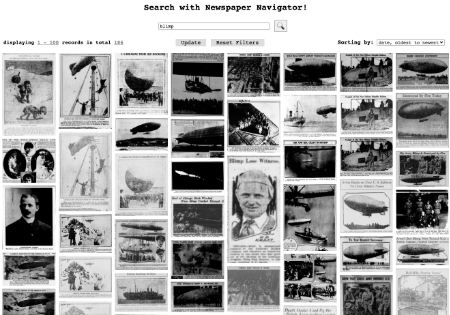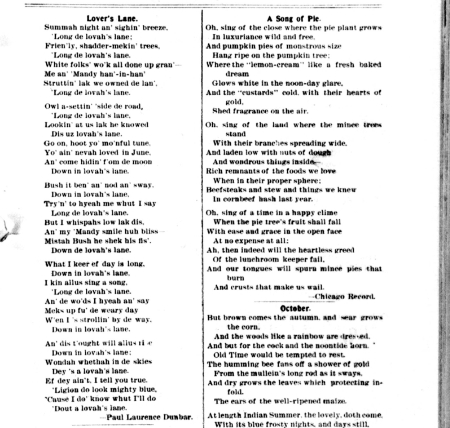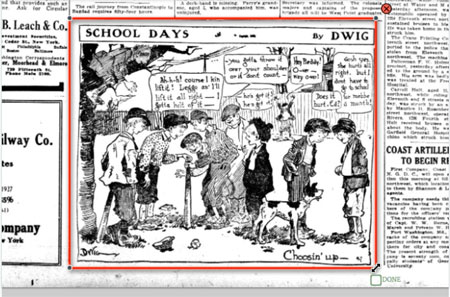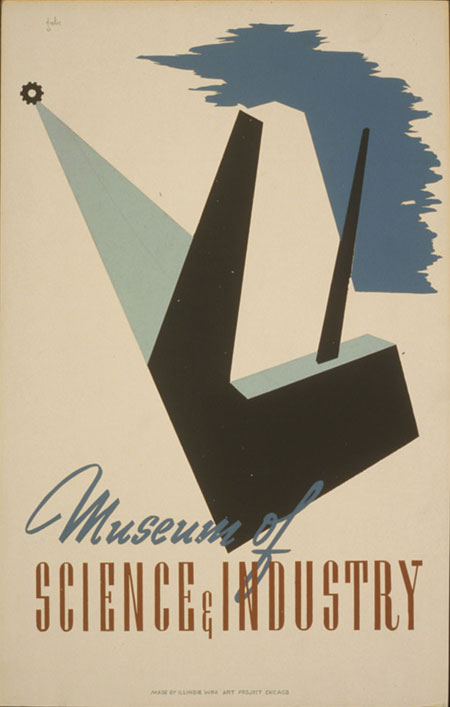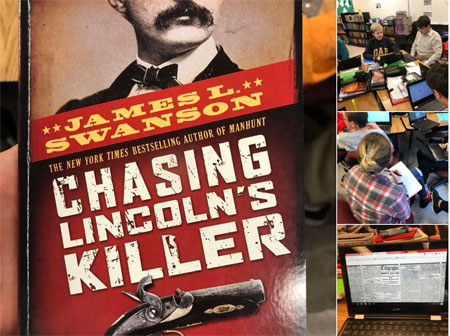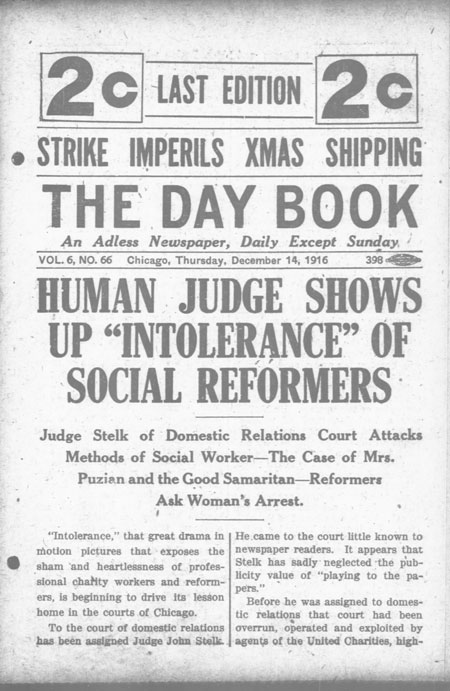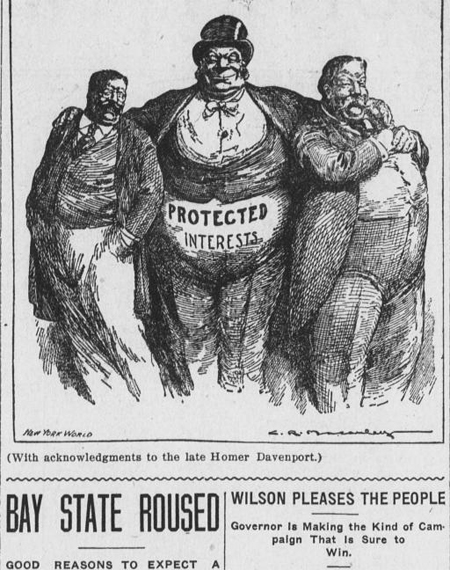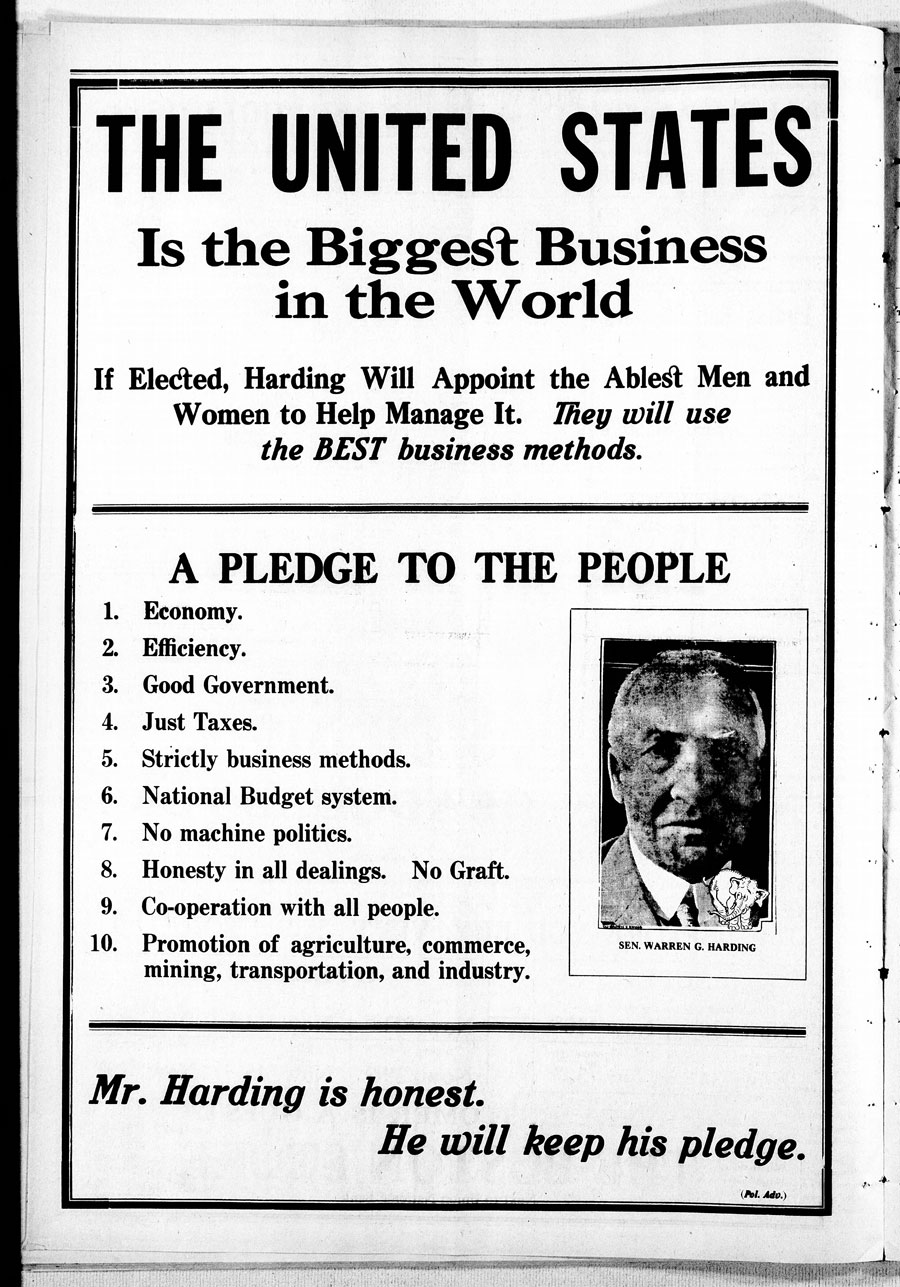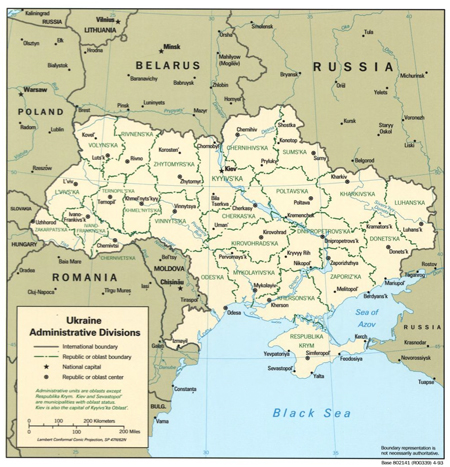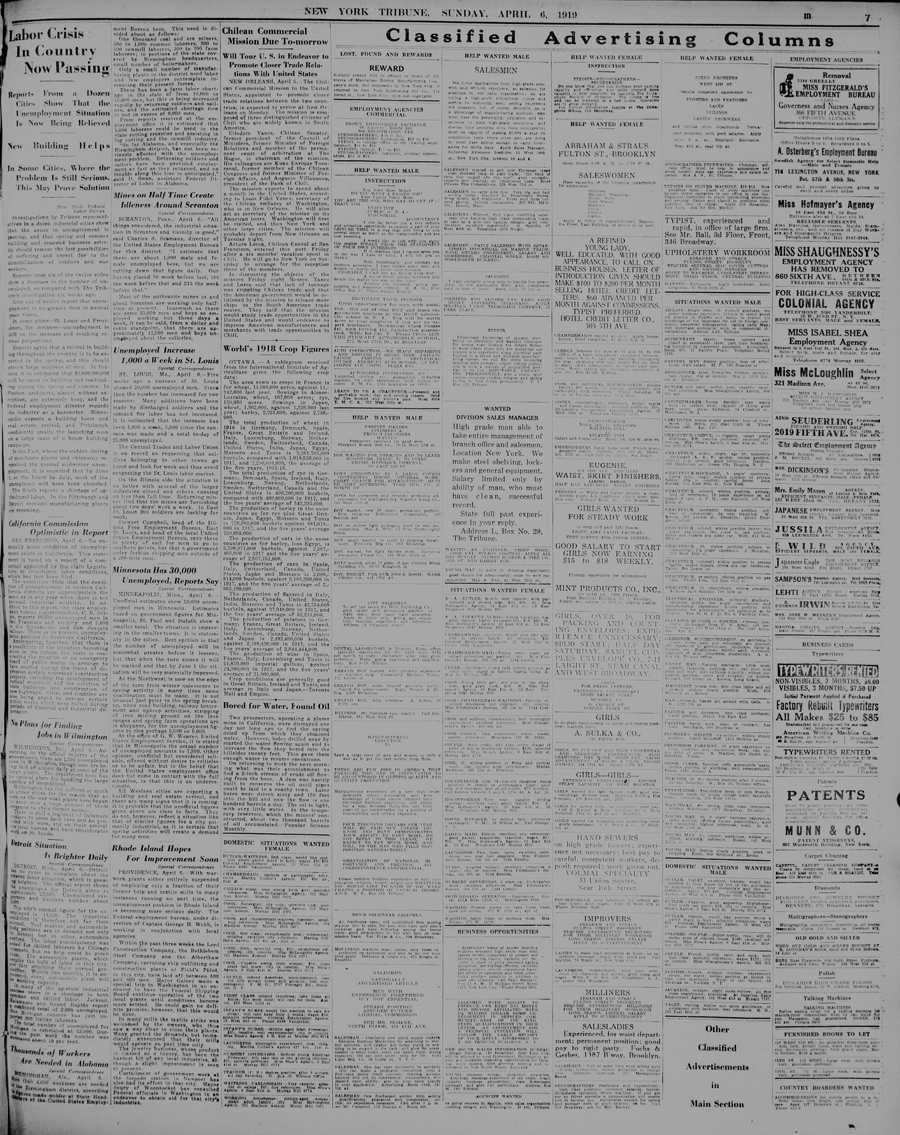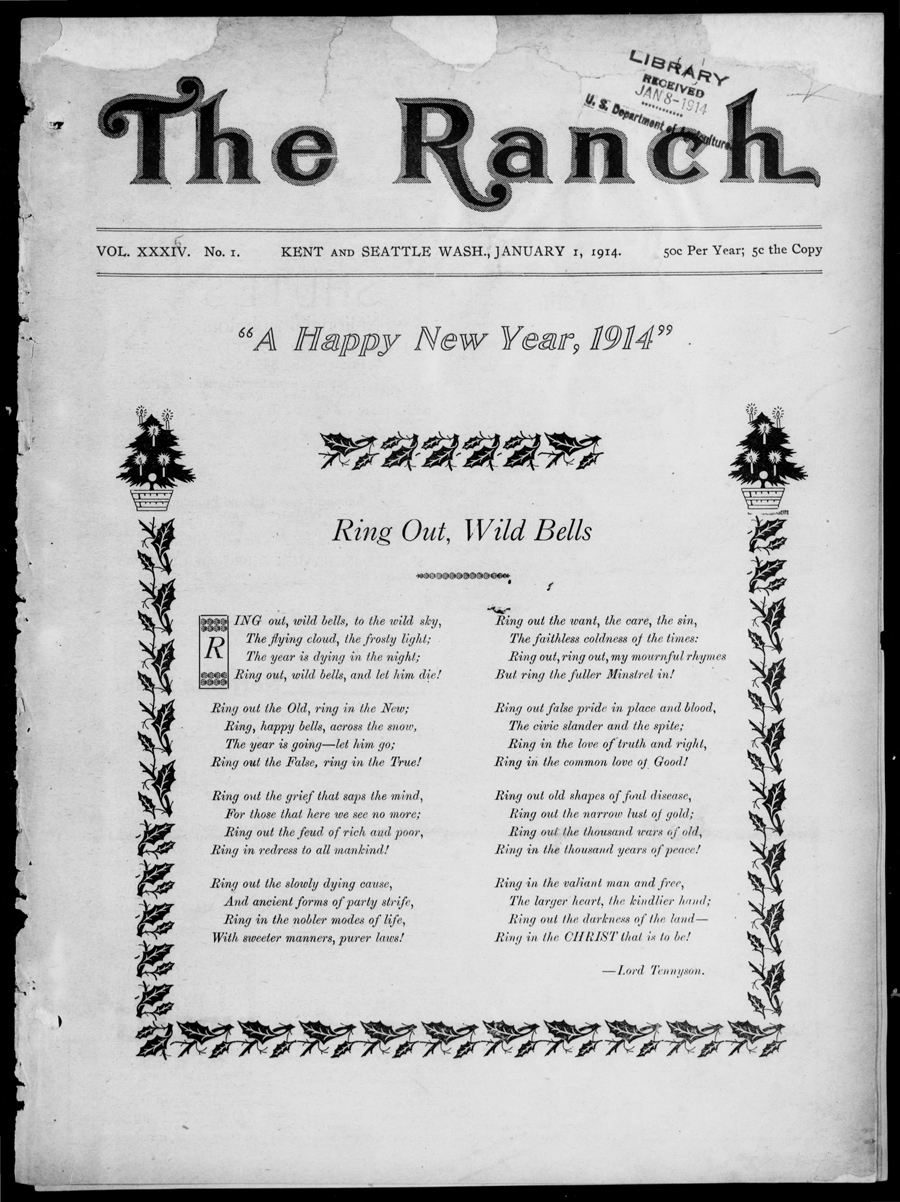Finding Resources: Spanish Language Newspapers
Chronicling America, a searchable database of U.S. historical newspapers, includes close to 100 Spanish-language newspapers from several states and Puerto Rico that span the years from 1836-1963. You can use the previous link to browse through the list of papers or use this map view of Spanish-language papers. When you click on a newspaper title…

